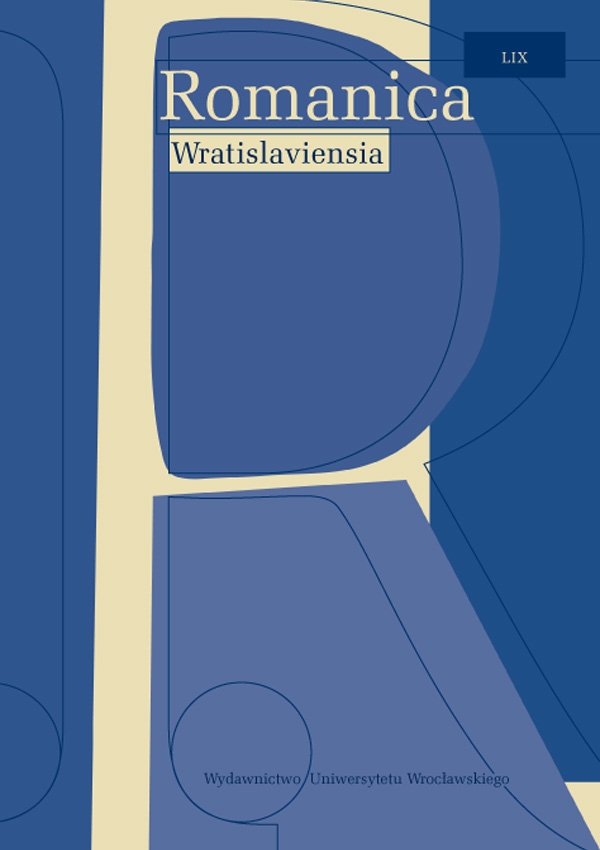

Articles

Truchements de Normandie — an atempt at reconstruction
For a historian of translation who cannot cross-examine a living translator, the basic method is a critical comparison of surviving sources. I use this method when trying to reconstruct a portrait of the so-called truchements de Normandie, French interpreters in the Brazilian Littoral in the 16th-century, who acted as linguistic and cultural intermediaries in trade with the Tupi Indians and in French settlement ventures. Although in the period in question the interpreter was an obligatory link in French-Brazilian contacts, 16th-century sources do not pay much attention to him. The little information that has survived comes mainly from accounts by people associated with an attempt, made in 1555, to start a French colony on an island in the Guanabara Bay, near today’s Rio de Janeiro: the head of the colony, Nicolas Durand de Villegagnon, his lieutenant Nicolas Barré, the royal cosmographer André Thevet and a Protestant settler, Jean de Léry. This modest corpus is complemented by non-French accounts: by a Portugese Jesuit, José de Anchieta, who was engaged in missionary and political activity in the Guanabara Bay region in the 1560s, and a German cannoneer in Portuguese service, Hans Staden, who spent nine months as a captive of the Tupinamba Indians in 1554. The diversity of characters, interests and points of view of these authors makes it possible to paint a stereoscopic portrait of the eponymous truchements — competent, effective, acculturated, entangled in the defence of interests of various parties.